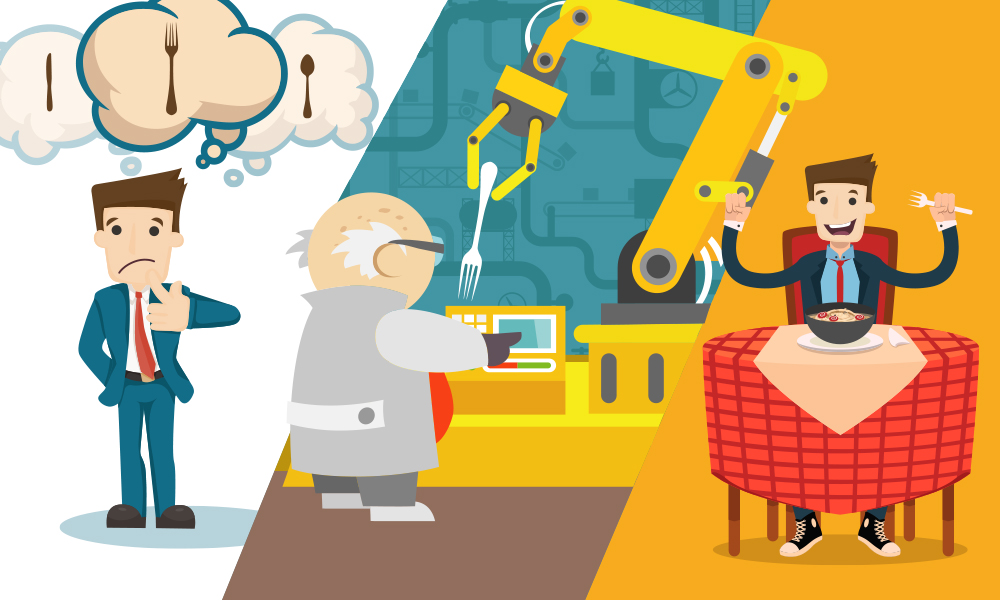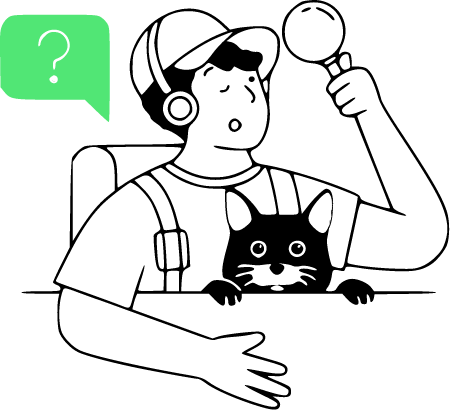UCD: User Centered Design
Good design is much more than that which meets the eye.
Behind the apparent and the obvious, behind the so called “as it is” and the “transparent”, lies the raison d’etre of the whole phenomena of a Good Design, a design that works, a design that appeals and is also aesthetic.
The visual part of a design – the look and feel – is only the tip of the iceberg.
MEANING:
User Centered Design is a design philosophy where the end users’ needs, wants and limitations are a focus at all stages within the design process and development life cycle.
The result of this is a high level of usability: the design is effective, efficient, engaging and easy to learn.
ESSENCE : Products developed using the UCD methodology are optimized for end-users and emphasis is placed on how the end-users need or want to use a product instead of forcing the end user to change his behavior to use the product.
WHY UCD?
Traditional Techniques do not explore in depth those feelings, dreams and concerns of the users, so consumer research is done.
Three tier process:
- What Users describe.
- What Engineers create .
- What Customers really need .
To bridge this gap, companies must find new ways to differentiate their product from a competitor’s invention and commit their customers. Furthermore, the awareness of people’s experiences and the increasingly multicultural market has imposed new demands on design.
2 levels of knowledge what people: say and do!
What people say can be known via Questionnaire, Polls and Interviews- Different ways of getting answers from people.
(They may report events that occurred before, reasons, opinions, voice needs)
But the hard dilemma is – What people say is not what they do!!
So the question is: Do techniques come to ensure what users are really doing?
But what users do is what actually they know, feel or dream.
So the designing has to be much user centric.
The International Usability Standard ISO 13407 specifies the principles and activities that underlie user centered design:
- The design is based upon an explicit understanding of users, tasks and environments.
- Users are involved throughout design and development.
- The design is driven and refined by user-centered evaluation.
- The process is iterative.
- The design addresses the whole user experience.
- The design team includes multidisciplinary skills and perspectives.
IMPORTANT POINTS TO CONSIDER IN UCD:
- What the product is.
- How big the project is, both in workload and cost investment.
- Whether the project is a new design or a re-build.
- Whether you’re using off-the-shelf components or building from scratch
- Your ability to influence the project brief or the choices used for the solution.
- What skills or experience you or your team are most lacking
- How much time you have before interface design needs to start
- How well you know the users and business, and their respective needs
- What your design and development process is
The central premise of user centered design is that the best designed products and services result from understanding the needs of the people who will use them.
User Centered Design Follows the underlying stages:
The user centered design process is an iterative cycle where every step is evaluated against the initially identified requirements of the users and iterated until these requirements are met.
Evaluation methods include:
- Strategy
- Research
- Analysis and Planning.
- Concept
- Design
- Implementation
- Production
NOTE: Evaluation intercedes each step mentioned above.
Strategy:
Strategy is important from the outset because it articulates the brand, guiding principles, and long-term vision of an organization. The strategy underpinning a UX project will shape the goals of the project—what the organization is hoping to achieve with the project, how its success should be measured, and what priority it should have in the grand scheme of things.
Research:
It is also called as Discovery Phase. Complex projects will comprise significant user and competitor research activities, while small startup websites may skip all research activities other than some informal interviews and a survey. In many people’s eyes, the Research phase is key to creating an informed user experience.
Analysis and Planning:
We draw insights from data collected during the Research phase. Capturing, organizing and making inferences forms the gist of this phase. Communicating the designer’s understanding back to end-users necessitates that any assumptions being made are valid.
Methods and Techniques in it: Sticky Notes, Project Space, User Cases, Story Boards, Affinity Diagramming, Scenarios, Mental Models, Experience Map, Card Sorting etc.
Concept:
User Requirement: It is essential to use resources to gather information about the users’ requirements from different sources of information. These may be focus groups, contextual or individual interviews, observation, surveys, etc.
Personas and Scenarios:
A persona is an archetype comprised of habits and characteristics of the target audience. Scenarios are little stories describing how typical user tasks are carried out. They help to anticipate and identify the decisions a user will have to make at each step in their experience and through each environment or system state they will encounter.
Progressive Disclosure:
Managing the information complexity or cognitive quotient by displaying only relevant information at any given time prevents information overload. For example through effective sign posting of destinations in a way finding system or using “read more” links on a website.
Design:
This phase is collaborative (involving input and ideas from different people) and iterative (meaning that it cycles back upon itself to validate ideas and assumptions).
Building on the user feedback loop established in previous phases, the premise of the Design phase is to put ideas in front of users, get their feedback, refine them, and repeat.
These ideas may be represented by paper prototypes, interactive wireframes, or semi-functioning prototypes, all deliberately created in low-fidelity to delay any conversation relating to graphic identity, branding or visual details.
Methods and Techniques used are:
Aesthetics, Prototyping, Rapid Visualization, Diary Study, User Interviews, User Testing, Un-moderated Remote usability test, Storyboards, Personas, Mental Models, Collaborative Design, Work Flow Diagram ,Site map, Wireframe, Paper Prototype, Mood Board, A/B testing ,Beta Lunch.
Production: The Production phase is where the high-fidelity design is fleshed out, content and digital assets are created, and a high-fidelity version of the product is validated through user testing sessions. The role of the UX Designer shifts from creating and validating ideas to collaborating with developers to guide and champion the vision.
Implementation:
It is important to consider good practice guidelines relevant to the project in order to address broad user requirements and meet accessibility standards. For example RNIB legibility guidelines, W3C validation, ISO standards, British Standards or ergonomic principles.
Launch: Feedback and Evaluation precedes Beta Lunch.
Some Very Important points to Consider:
USER CAPABILITIES:
Users have different requirements depending on their situation and capabilities. Catering for these needs and enabling access to the product or system for as many people as possible is the aim of inclusive design.
USER GOALS:
Users’ needs depend on what they are trying to achieve when they use the product. These user goals specify the information requirements that need to be addressed in order to achieve a high level of usability.
USER INVOLVEMENT:
The most successful results are achieved when the user is involved in every step of the design process either through direct feedback, user testing, observation or informed evaluation using previously gathered information.
Last But Not The Least:
To conclude, the goodness or badness or say, to that effect, the greatness of a design lies in the empathetic understanding of users’ psychology and the timely inevitable changes associated with it.









